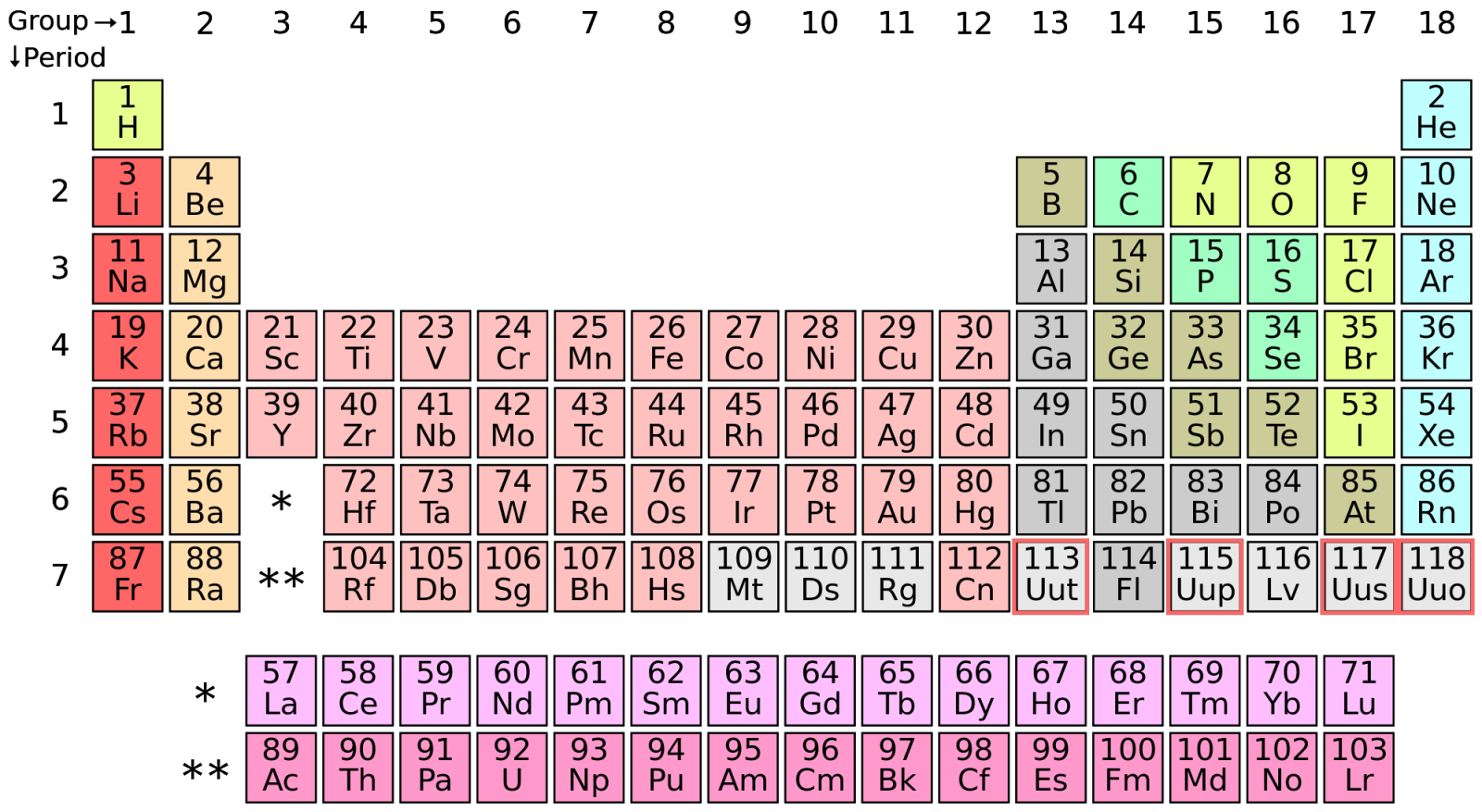The periodic table gets 4 new elements

Stay up to date:
Chemical and Advanced Materials
This article is published in collaboration with Quartz.
If science has an iconic image, it is that of the periodic table of elements.
To keep up with the Agenda subscribe to our weekly newsletter.
Author: Akshat Rathi is a reporter for Quartz in London.
Image: A sign showing titanium on the periodic table of elements is seen at the Nobel Biocare manufacturing facility in Yorba Linda, California. REUTERS/Mike Blake.
Don't miss any update on this topic
Create a free account and access your personalized content collection with our latest publications and analyses.
License and Republishing
World Economic Forum articles may be republished in accordance with the Creative Commons Attribution-NonCommercial-NoDerivatives 4.0 International Public License, and in accordance with our Terms of Use.
The views expressed in this article are those of the author alone and not the World Economic Forum.
Related topics:
Forum Stories newsletter
Bringing you weekly curated insights and analysis on the global issues that matter.
More on Emerging TechnologiesSee all
Kim Lokwon
March 7, 2025
Nii Simmonds and Nii Ahele Nunoo
March 6, 2025
Chet Kapoor
March 5, 2025
Manar Alohaly
March 4, 2025
Cathy Li and Andrew Caruana Galizia
March 3, 2025
Benedikt Gieger and Dominik Metzger
March 3, 2025




